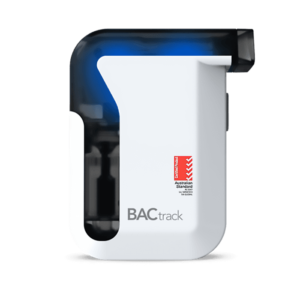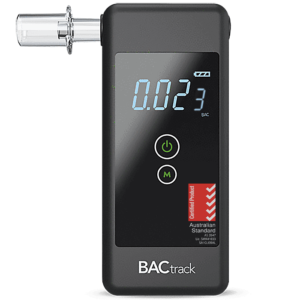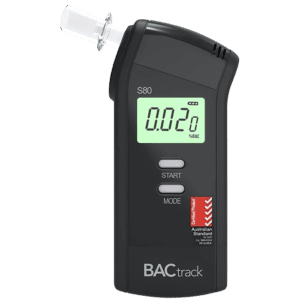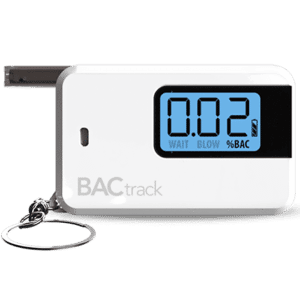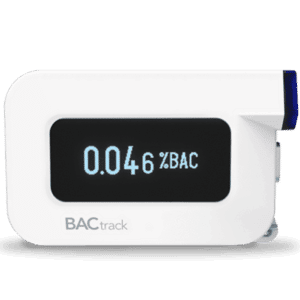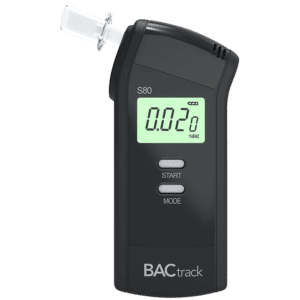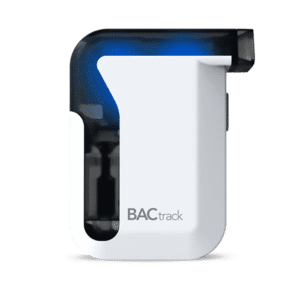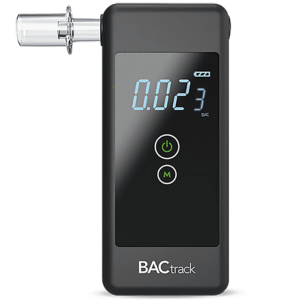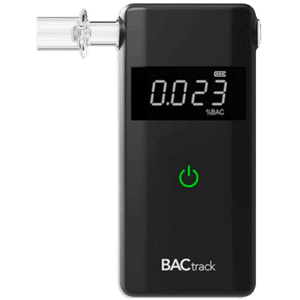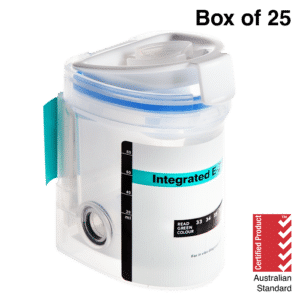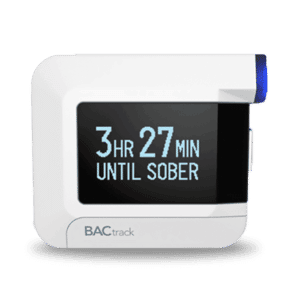MAST Screening: Definition and the Components of the Test
12 December, 2023

Michigan Alcohol Screening Test, or MAST screening tool, is a diagnostic instrument to identify individuals who may have an alcohol dependency. Accordingly, the test consists of a 25-question test that helps to evaluate the drinking patterns of a person. Nevertheless, these questions cover areas such as frequency and quantity of consumption. Also, it may incorporate the presence of alcohol withdrawal symptoms, the influence of alcohol, and attempts for alcohol detox or cutting down drinking.
Alcohol Use Disorder (AUD) and heavy drinking are widespread issues that can have serious consequences. This may include liver trouble, severe shaking, and legal implications like drink driving. While many people are aware of the adverse effects of excessive alcohol consumption, it can be challenging to recognise when drinking habits have become problematic. This is where the MAST alcohol assessment comes in. The following sections will present MAST, including its components and how to conduct it.
Definition of a MAST Screening
The MAST screening is an alcohol evaluation to assess any potential alcohol abuse or dependence. It is an essential tool as it helps health workers to identify people who may have alcohol-related problems. Accordingly, the MAST consists of a series of 25 yes-or-no questions. This is designed to evaluate the current drinking habits and the potential consequences of alcohol use.
Medical agencies utilise MAST to quickly and effectively identify individuals who may have alcohol abuse potential. By administering MAST, they can gather important information about the drinking sessions of a person and its effects. This can then guide further assessment, treatment planning, support services, and intervention strategies.
In addition, using the MAST in clinical practice allows healthcare providers to address alcohol-related problems early on. Hence, they can intervene before it escalates into more severe alcohol dependence. This proactive approach can help prevent the negative consequences of excessive drinking. Thus, it averts health complications, impaired functioning, legal obligations, and strained relationships.
Purpose of the Screening
- Identify risk factors: by assessing drinking habits, professionals can pinpoint risk factors that may indicate potential alcohol-related problems.
- Early intervention: practitioners can initiate timely interventions to address the problem before it escalates into more severe consequences.
- Alcoholism treatment: MAST assists in the formulation of appropriate treatment plans. The screening results provide valuable information that guides healthcare professionals.
- Referral to support services: through MAST, healthcare providers can identify people who may benefit from additional support services. This may include counselling, support groups, or treatment programs.
- Monitoring progress: it helps in monitoring people undergoing treatment or intervention for alcohol abuse or dependence.

The Components of a MAST Screening
The MAST screening focuses on several key components in its questions, which aim to assess the extent and impact of alcohol use. MAST includes questions that delve into the frequency and quantity of alcohol beer consumption. It may inquire about drinking habits and specific types of alcoholic beverages. Another component involves querying about any harmful consequences that may arise from drinking.
Accordingly, the MAST explores the impact of drinking on various aspects of life. This may include asking about relationships, work, academic performance, and overall functioning. Also, it may involve questions that aim to gauge the attitude, beliefs, and emotions of an individual regarding alcohol use. It may explore their drinking motivations, perceptions, and concerns.
The MAST includes questions related to observable behaviours that may indicate alcohol-related issues. These questions may address signs such as hiding or sneaking alcohol. It may also involve the experience of craving or being preoccupied. Nevertheless, MAST aims to provide a comprehensive assessment of the relationship of a person to alcoholic beverages.
Scoring System
The scoring system of the screening involves assigning predetermined point values to specific MAST responses. Each question is assigned a particular point value, and when the person answers affirmatively, the corresponding points are summed up to have a total score. The points for each question are based on the severity of the alcohol-related issue being addressed.
Professionals utilise the total score to determine the level of risk or need for intervention. Higher total scores suggest a greater likelihood of alcohol-related issues and may prompt further assessment. On the other hand, lower scores indicate a lower perceived risk.

How to Conduct a MAST Screening
To conduct a MAST screening, professionals follow a procedure. The conductor begins by explaining the purpose of MAST and ensuring that the person understands the assessment process. Nevertheless, it is important to create a comfortable and confidential environment to encourage open and honest responses. Next, the professional will present the MAST questionnaire.
The practitioner guides the individual through the questionnaire. This ensures that each question is clearly understood and answered by the person. It is crucial to maintain a non-judgmental and supportive demeanour in the process. As the individual responds to each question, the professional records their answers and computes corresponding points. Each response accrues a point value, and the professional tallies it.
After completing the questionnaire, the conductor reviews the total score to gauge the severity of their alcohol-related concerns. Based on the score, the professional determines the appropriate course of action. This may involve further assessment, intervention, or referral services. Throughout the process, the practitioner maintains confidentiality and respect for privacy.
Implications of a Positive Result
When an individual receives a positive MAST result, it indicates a potential presence of alcohol-related concerns. The implications of a positive result prompt professionals to consider the next steps in addressing the problem. Accordingly, the conductor may conduct a more in-depth assessment. This may include other alcohol screening tools or types of testing like breath, saliva, urine, blood, and hair.
In some cases, it may prompt healthcare providers to collaborate with other specialists. This may include mental health clinics, addiction counsellors, or psychiatrists. Furthermore, this underscores the importance of ongoing monitoring and support for recovery.
Conclusion
Overall, MAST screening is an important tool in identifying potential alcohol abuse or dependence in individuals. It consists of 25 yes-or-no questions, allowing for a quick and reliable assessment of alcohol-related problems. The components of the test incorporate several factors. This may include the frequency and intensity of alcohol use, its impact, how it affects attitude, and other observable behaviours. Additionally, the scoring system involves assigning predetermined points.
MAST is easy to conduct. A professional will need to explain the assessment and give the questionnaire for the individual to answer. Subsequently, the conductor will score the responses and tallies the points. Accordingly, the purpose of the test is to identify risk factors, early intervention, treatment, referral to support services, and monitoring progress. Nevertheless, the implications of a positive MAST result may prompt further assessment. This may include testing methods, support services, and rehabilitation.


















